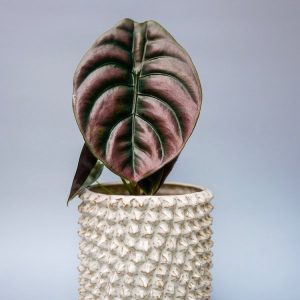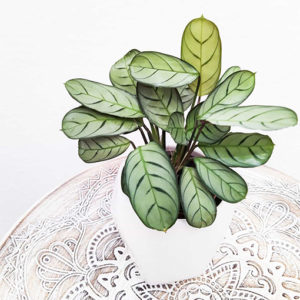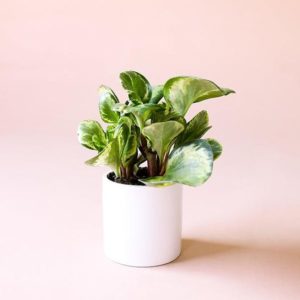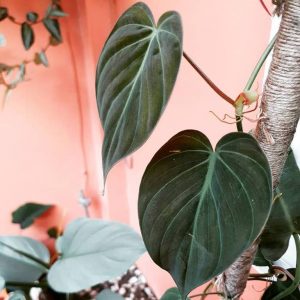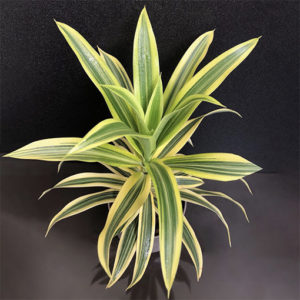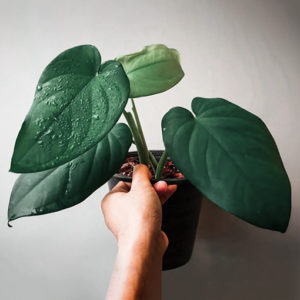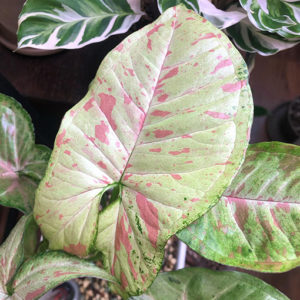
#Thejunglecollective!
Indoor plants not only beautify your living space but also play a crucial role in air purification, helping to remove harmful pollutants and improve indoor air quality. Here, we delve into ten of the best air-purifying plants, their benefits, and care tips, making your choice easier for creating a healthier home environment.
1. Spider Plant (Chlorophytum comosum)
Benefits
The spider plant is a champion in air purification, effectively removing pollutants like formaldehyde, xylene, and toluene. Its capacity to clean the air makes it an excellent addition to any home.
Care Tips
Spider plants are easy to grow and thrive in various light conditions, making them ideal for beginners. They prefer indirect sunlight and well-draining soil. Water them moderately, letting the soil dry out between waterings.
2. Snake Plant (Sansevieria trifasciata)
Benefits
Commonly known as mother-in-law’s tongue, the snake plant excels at filtering toxins such as benzene, formaldehyde, trichloroethylene, xylene, and toluene. Notably, it converts carbon dioxide into oxygen at night, perfect for bedrooms.
Care Tips
Snake plants are hardy and tolerate low light conditions. They require minimal watering, making them perfect for those with a busy lifestyle or who often forget to water their plants.
3. Peace Lily (Spathiphyllum)
Benefits
Peace lilies, with their elegant white flowers, are effective at removing ammonia, benzene, formaldehyde, and trichloroethylene from the air. Their ability to thrive in low light makes them versatile for various indoor spaces.
Care Tips
Peace lilies prefer low to moderate light and need consistently moist soil. Avoid overwatering to prevent root rot.
4. English Ivy (Hedera helix)
Benefits
English ivy is excellent at reducing airborne fecal particles and mold, benefiting those with allergies. It also removes formaldehyde, benzene, and trichloroethylene, significantly improving indoor air quality.
Care Tips
English ivy adapts well to different light conditions, from low to bright indirect light. Keep the soil moist but not waterlogged, and mist the leaves regularly to ward off spider mites.
5. Aloe Vera (Aloe barbadensis miller)
Benefits
Aloe vera is not only famous for its healing properties but also for purifying the air by removing formaldehyde and benzene. It’s also efficient in increasing oxygen levels.
Care Tips
Aloe vera thrives in bright, indirect light and requires well-draining soil. Water it deeply but infrequently, ensuring the soil dries out completely between waterings.
6. Boston Fern (Nephrolepis exaltata)
Benefits
Boston ferns are effective at removing pollutants like formaldehyde and xylene. They also help maintain humidity levels, which can be beneficial in dry indoor environments.
Care Tips
Boston ferns need high humidity and indirect light. Keep the soil consistently moist and mist the plant regularly to maintain adequate humidity.
7. Bamboo Palm (Chamaedorea seifrizii)
Benefits
Bamboo palms are efficient at removing formaldehyde, benzene, and trichloroethylene from the air. They also add moisture, beneficial for dry climates, and can cover about 100 square feet of space.
Care Tips
These palms prefer bright, indirect light and well-draining soil. Water them regularly, keeping the soil slightly moist but not soggy.
8. Rubber Plant (Ficus elastica)
Benefits
Rubber plants are adept at removing toxins like formaldehyde. Their large leaves can absorb and break down airborne chemicals, enhancing air purification.
Care Tips
Rubber plants thrive in bright, indirect light and need well-draining soil. Allow the top inch of soil to dry out between waterings, and regularly wipe the leaves to keep them dust-free.
9. Dracaena (Dracaena spp.)
Benefits
Dracaena plants can remove a wide range of toxins, including benzene, formaldehyde, trichloroethylene, and xylene. They come in various varieties, each with unique foliage patterns.
Care Tips
Dracaenas prefer moderate to bright indirect light and well-draining soil. Water them regularly, letting the soil dry out slightly between waterings.
10. Golden Pothos (FEpipremnum aureum)
Benefits
Golden pothos is a resilient plant that can filter out formaldehyde, benzene, and xylene. Its trailing vines add a lush touch to any indoor space, making it a popular choice.
Care Tips
Golden pothos can thrive in a range of light conditions, from low to bright indirect light. They are tolerant of occasional neglect, making them ideal for beginners. Water when the top inch of soil feels dry.
Integrating air-purifying plants into your home not only elevates the aesthetic appeal but also significantly improves the quality of the air you breathe. Each of these ten plants has unique benefits and care requirements, so you can choose the ones that best fit your living conditions and lifestyle. With these air-purifying houseplants, you’ll be well on your way to creating a healthier and more beautiful home environment. Happy planting!
If you want more information about caring for indoor and outdoor plants, check out our shop for a wide selection of both plants and planters.







